Unexpectedly, the Oxford literature professor Clive Staples Lewis – better known as C.S. Lewis – is having something of a moment, more than six decades after his death. Director Greta Gerwig, of Barbie fame, has embarked upon the ambitious project of filming all seven of his Chronicles of Narnia books for Netflix, starting with The Magician’s Nephew. She has assembled a starry ensemble that will include Daniel Craig, Carey Mulligan, the excellent Emma Mackey as the White Witch and, for the voice of the divine lion Aslan, none other than Meryl Streep.
There are rumors that Lewis’s ever-popular satirical epistolary novel The Screwtape Letters is to be turned into an animated film. Not long ago, the author was portrayed on film by Matthew Goode in Freud’s Last Session, opposite none other than Anthony Hopkins as Freud: a circle squared, because Hopkins played Lewis in Richard Attenborough’s fine biopic Shadowlands in 1993. And the author remains a key figure in American theological circles, with his stepson Douglas Gresham responsible for marshaling his writings and posthumous reputation at the many symposia and lectures that are based around Lewis’s work.
The idea of Lewis being responsible for something as relatively lightweight as a children’s book seemed absurd
There seems little danger that this real-ale-loving Englishman – who once supposedly said “You can never get a cup of tea large enough or a book long enough to suit me” – will ever be forgotten. Yet the work for which he will forever be best known is The Lion, The Witch and The Wardrobe, which was first published 75 years ago – and has been a much-loved classic ever since.
Its only serious rival in 20th-century children’s literature – for longevity and sales alike – is The Hobbit, written by Lewis’s friend, colleague and occasional academic rival J.R.R Tolkien. While Lewis’s Chronicles of Narnia series has somewhat lagged behind The Lord of the Rings when it comes to popularity, there can be little doubt that the first-published and best-known book in the series will be read and loved as long as it remains in print. And how can you not admire a book that gave rise to the great Anthony Lane’s suggested title for the first Sex and the City movie: “The lying, the bitch and the wardrobe?” Ironically, for a man who has become associated with one of the most popular children’s titles ever published, Lewis had never viewed himself as a family-oriented author when he wrote the first draft in the late 1940s.
In a brief, somewhat disingenuous essay that he published in 1960, “It All Began With A Picture,” Lewis stated that “you must not believe all that authors tell you about how they wrote their books. This is not because they mean to tell lies. It is because a man writing a story is too excited about the story itself to sit back and notice how he is doing it… when the story is finished, he has forgotten a good deal of what writing it was like.”
It is likely that the idea for the book first came to Lewis when he was a teenager, rather than a well-known professor. As he wrote, “All my seven Narnian books, and my three science fiction books, began with seeing pictures in my head. At first they were not a story, just pictures. The Lion began with a picture of a Faun carrying an umbrella and parcels in a snowy wood. This picture had been in my mind since I was about 16. Then one day, when I was about 40, I said to myself: ‘Let’s try to make a story about it.’”
Here, again, there was an element of dissimulation. Lewis may have had such an image in his mind for decades, but a greater influence came in the form of wartime privations. Lewis and his brother Warnie lived in a house in Headington, a suburb of Oxford, named “The Kilns.” They took in evacuee children from London from the fall of 1939 onward and Lewis, not a natural surrogate father, tended to avoid the new arrivals as far as he could.
However, on one occasion, one boy, bored and more precocious than his fellows, asked Lewis about the origins of an old wardrobe in one of the bedrooms. The writer found an unexpected degree of inspiration in the question and began to make up a story about a group of evacuees, sent away from their home to the house of an eccentric professor, who became similarly entranced by a mysterious piece of furniture. Apparently, he was sufficiently impressed by the idea to declare to Warnie and his surprised housekeeper: “I’m going to write a children’s book!”
Yet nothing happened until the late 1940s. By then, Lewis was a giant of theological and academic writing, with titles such as The Problem of Pain and The Abolition of Man to his credit. The idea of his being responsible for something as relatively lightweight as a children’s book seemed absurd.
Yet Tolkien had seen conspicuous critical and commercial success with The Hobbit in the late 1930s, and had continued to be taken seriously as an Anglo-Saxon critic. So Lewis began to think up a story that would be simultaneously complex yet wholly accessible, a religious allegory that could still be enjoyed by young children without any previous knowledge of the divine.
The basic elements of the book are so well known as to be canonical. The four Pevensie children – Peter, Susan, Edmund and Lucy – are evacuated to the home of the eccentric professor Digory Kirke, where they find a large wardrobe. So far, so 1939. Yet the novel’s fantastical flourishes soon move beyond simple recapitulation of Lewis’s earlier bedtime stories. The Pevensies find themselves, after poking about in the wardrobe, in the land of Narnia, where, thanks to the machinations of the White Witch, it is “always winter and never Christmas.” Until, that is, the arrival of Aslan, the quasi-deity and rightful ruler of Narnia.
It is a straightforward tale of good and evil, albeit with some fascinating touches – the Turkish delight that the witch uses to lure the most susceptible of the Pevensies, Edmund, into her web establishes a psychosexual tension when Edmund allows himself to be bribed with it into betraying his siblings. Lewis describes the witch thus:
Her face was white – not merely pale, but white like snow or paper or icing-sugar, except for her very red mouth. It was a beautiful face in other respects, but proud and cold and stern.
The White Witch serves the same purpose in The Lion as Satan does in Milton’s Paradise Lost, a poem that Lewis wrote about in 1942. She is a seductive, fascinating character, far more interesting than any of the other inhabitants of Narnia – even righteous old Aslan. When the ho-hum 2005 film adaptation of the novel was released, the one unalloyed triumph was the casting of Tilda Swinton in the role, and her brief reprise of the part in its sequel, Prince Caspian, made for that indifferent film’s most electrifying moment.
In order for the story to function as a religious allegory, Aslan has to sacrifice himself – which he does in order to save the penitent Edmund’s life – and then to be reborn, triumphantly, to save Narnia from the witch’s ministrations. All well and good. But the idea of Turkish delight and the beautiful but deadly woman handing it out is one that lingers in the mind of the impressionable child far longer than the hail-fellow-well-met tone of much of the rest of the book.
As a man Lewis could be found wanting, in his beery bluffness and very Oxford humor
Still, I may be alone in my admiration for the White Witch, but I am hardly isolated in believing The Lion to be one of the most influential and popular works of imaginative literature of the 20th century. Without it, there would be no Harry Potter (the enchanted wardrobe serves the same purpose as Platform 9 ¾) or His Dark Materials, although Philip Pullman’s open distaste for Lewis, whose works he has variously called “one of the most ugly and poisonous things I’ve ever read,” “nauseating drivel” and “containing a view of life so hideous and cruel I can scarcely contain myself when I think of it” may suggest that this influence is not a welcome one.
The Lion remains a favorite with American readers of all ages. TIME magazine ranked it as one of the 100 greatest books of the 20th century. It has been written about from an academic viewpoint, too, in such titles as Imagination and the Arts in C.S. Lewis: Journeying to Narnia and other Worlds, which offers an earnest insight into the religiosity and allegorical dimensions within the book. Lewis’s reputation as a writer today rests largely on his Chronicles of Narnia – and many would consider this richly deserved.
As a man, however, he could be found wanting, in his beery bluffness and very Oxford humor. My own favorite story concerns the series’s illustrator, Pauline Baynes, who had also worked with Tolkien, but found his friend a rather less happy collaborator. Her diary entry of the day that she encountered Lewis for the first time, at London’s Waterloo station, simply read “Met C.S. Lewis. Came home. Made rock cakes.” Proof, perhaps, that genius – and its reception – takes many forms, some more unexpected than others.
This article was originally published in The Spectator’s August 2025 World edition.



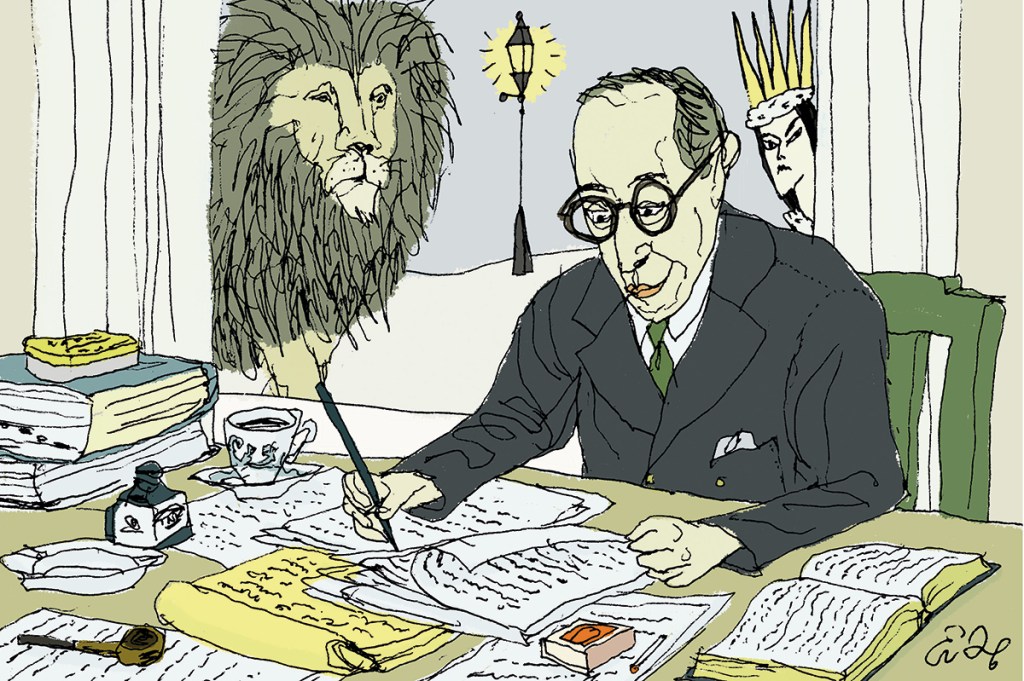







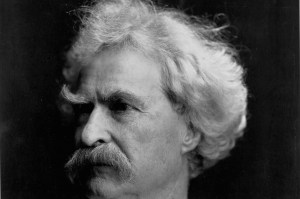

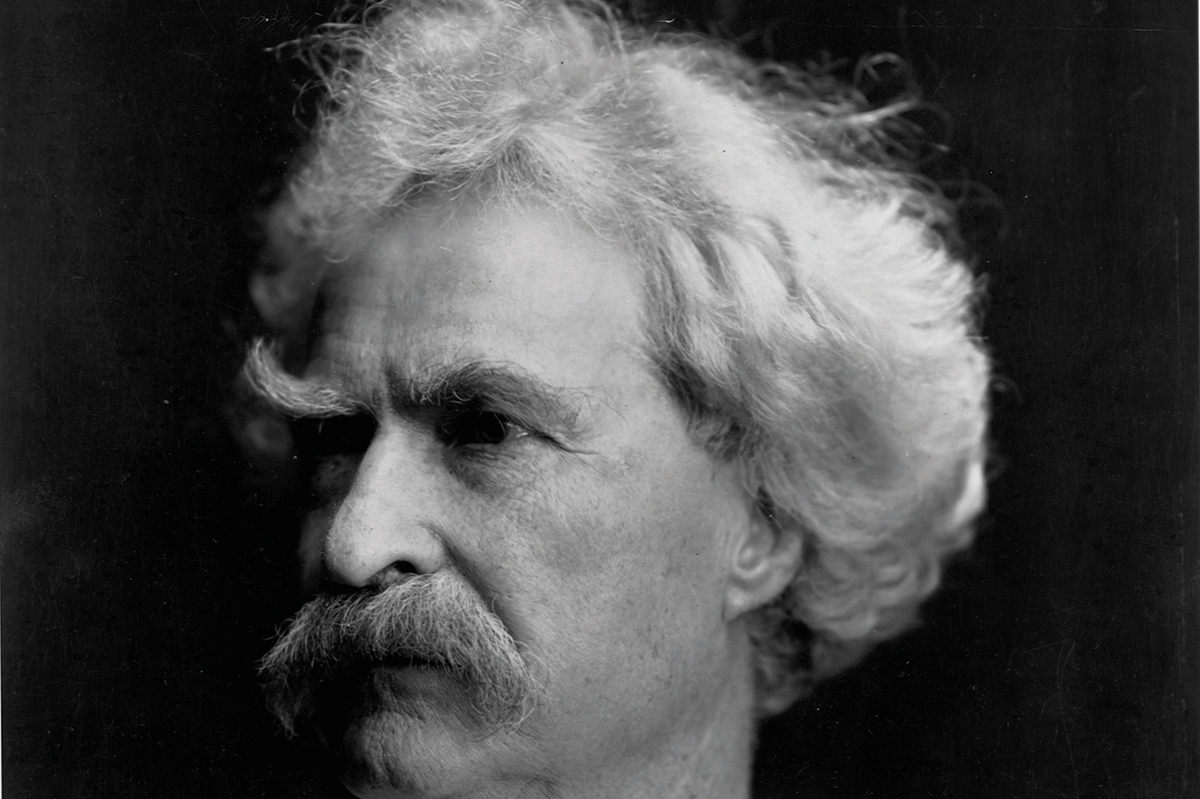

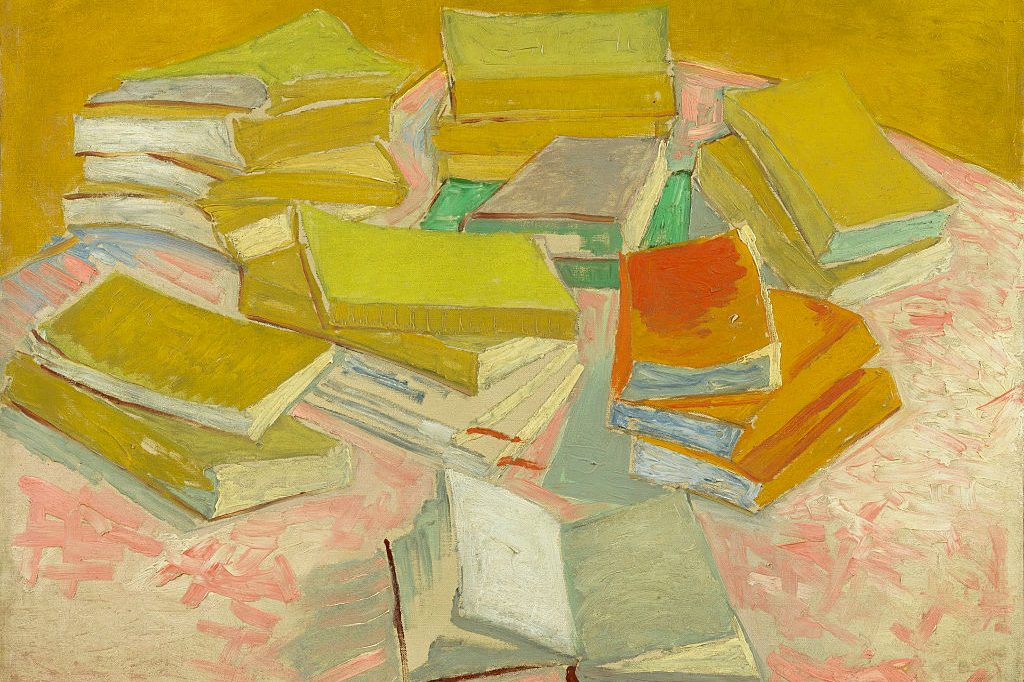
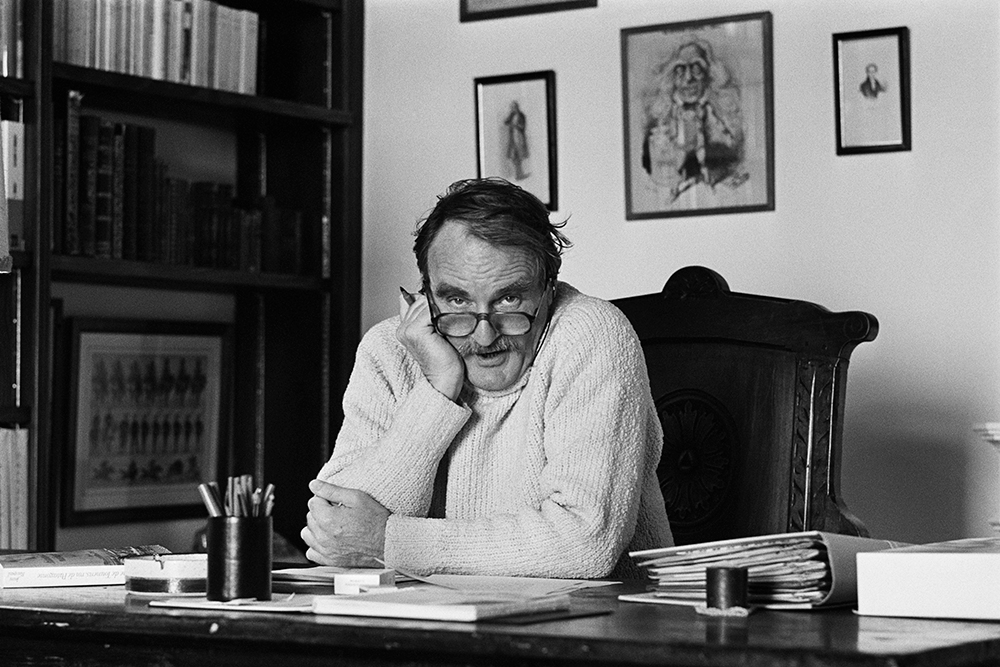









Leave a Reply